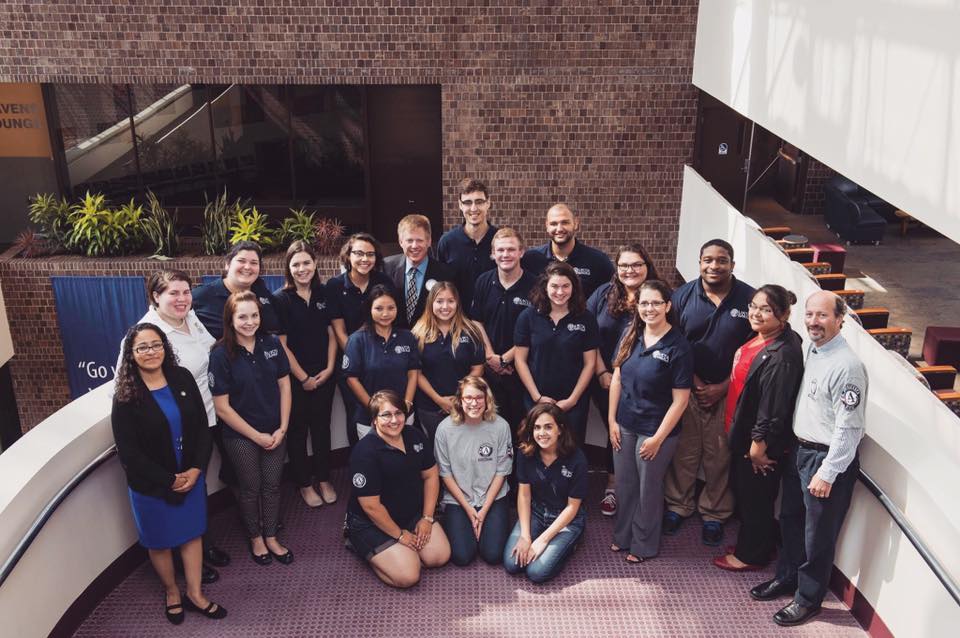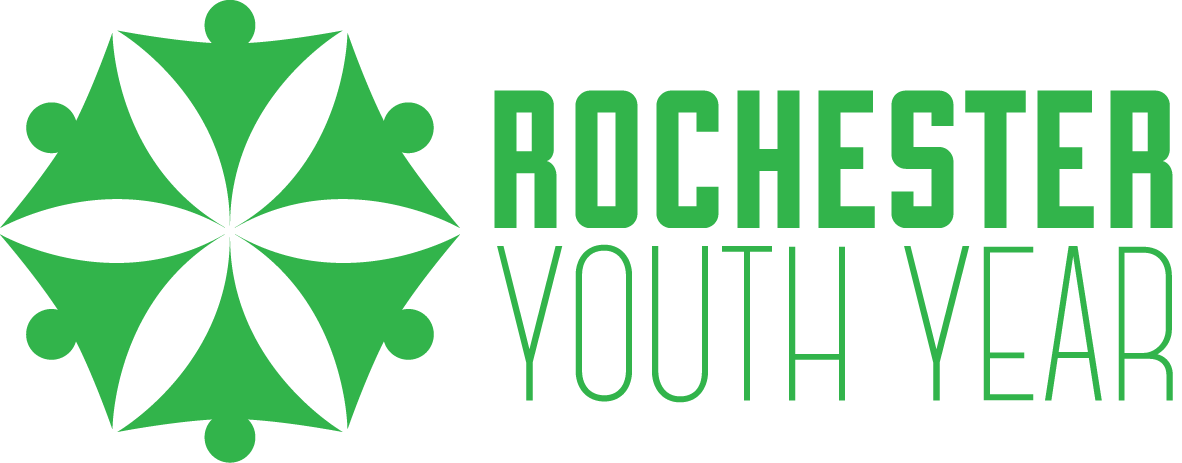Even before people start asking the question, you dread it. “What are you doing after you graduate?” It might seem like an innocent enough inquiry for those parents and professors who secured employment long ago or even those younger siblings and underclassmen that still have years to go before they leave the safety net of education. But every college senior knows the terror and anxiety those seven words are capable of provoking in anyone on the cusp of entering the so called “real world.”
The reality is that most of us have no idea what we’re doing after graduation until the late spring of senior year, and many of us don’t even know then. I myself didn’t have any official plans until two weeks ago and the majority of my friends have yet to solidify anything. And yet, despite the fact that most grad schools, fellowships, and service programs don’t accept applicants until the spring and most jobs can’t be put on hold for more than a few months, many of us have been facing the dreaded question since junior year and have had no other option than to reply with “I don’t know,” “I’m working on it,” or “Well, I hope I’ll be…”
But thankfully, that time of uncertainty is behind me (or, more accurately, postponed) because I have officially accepted a position with AmeriCorps VISTA as a Rochester Youth Year fellow. Starting in August, I will begin a yearlong term of service at a community-based organization in Rochester (specific site TBD) where I will be working to alleviate poverty and strengthen the local community. While I’m going to be a bit lacking on the details until I get my placement at the end of April, I truly could not be more excited.
The road to Rochester Youth Year (or RYY as most people call it) has been a long one. For years I’ve known that I wanted to do some kind of service program after graduating from college. When I started at Rochester, I was still under the impression that the Peace Corps was the right post-grad plan for me. But for a variety of reasons—including my desire to pursue a career in community development—I eventually came to the conclusion that domestic service would be a better fit. Then I spent the summer between sophomore and junior year as an AmeriCorps VISTA Summer Associate as part of the Rochester Urban Fellows Program. I had a wonderful experience and I knew then that AmeriCorps would likely be the best program for me to pursue after graduation. But then came the question of which branch of AmeriCorps and where.
There are three main branches of AmeriCorps: AmeriCorps State and National that sponsors a wide range of local community service programs; AmeriCorps NCCC (National Civilian Community Corps), a team-based residential program that focuses on environmental projects and disaster relief, and AmeriCorps VISTA (Volunteers in Service to America), a yearlong program which addresses poverty through capacity building projects at community organizations and public agencies. Altogether, over eighty thousand people serve with AmeriCorps each year all across the country. I clearly had a lot of options to consider. But my first big decision was whether I wanted to stay and serve in Rochester or move to some new city to carry out my service.
During the last four years, I have been lucky enough to learn just as much outside the classroom as in it. I’ve taken a variety of community based learning classes, volunteered at a local elementary school, interned at a local nonprofit, and spent two summers with the Urban Fellows Program learning about local issues. These opportunities, in conjunction with my own exploration in my free time, have helped me to not only learn a lot about the City of Rochester, but connect with the community and community members on a personal level. With this in mind, I realized that it would by far make the most sense for me to stay in Rochester for my service. Not only do I care tremendously about this city, but I have a basic understanding of the community that will help me to serve more effectively—an advantage that would be lacking if I decided to do AmeriCorps anywhere else.
From there, the decision to pursue RYY was easy enough. The same office that runs the Urban Fellows Program, the Rochester Center for Community Leadership, runs RYY, which means I’ve been hearing all about it and how great it is for the past two years. RYY typically accepts 12–15 graduating seniors from Rochester area schools each year and gives participants the chance to both learn and make a difference in the local community. Like other VISTAs, RYY fellows spend their year working full time at their placement and are provided with a living stipend and an education award at the end of their service. But one aspect that sets RYY apart from the normal VISTA experience is that members get to complete their service as part of a cohort that meets once a month for professional development, networking, and general emotional support. This means that while I’ll have my own unique placement and projects next year, I’ll also have a bunch of other RYY fellows to count on whether I’m looking for a connection at another organization or just want to share the various ups and downs of service with someone who gets it.

It just seemed like the perfect program. So, a written application, an interview, and several weeks of anxious waiting later, I am overjoyed to have been given a spot with the 2017–2018 cohort. While I still have little to no idea what I’ll be doing after RYY, I know that this next year is going to be full of personal and professional growth and I’m so glad that I get to continue learning and working in Rochester. This community has already given me so much and I’m confident that another year here serving with AmeriCorps can only lead to more opportunities in the future.



